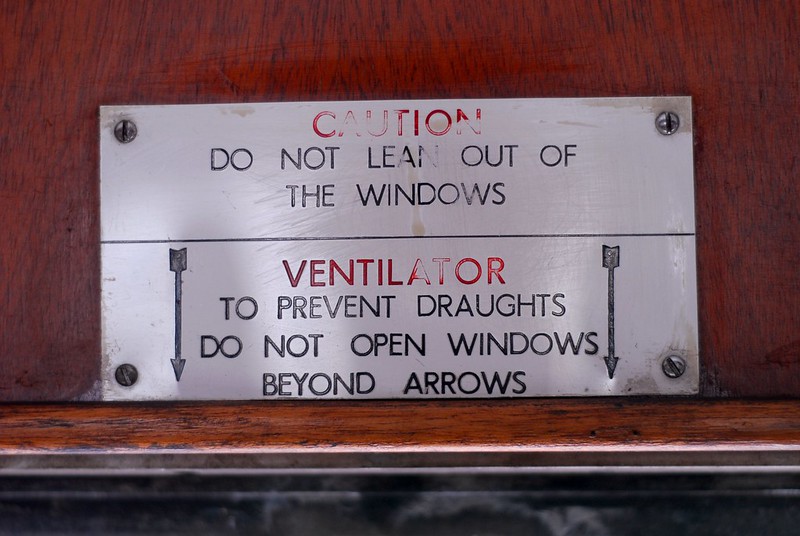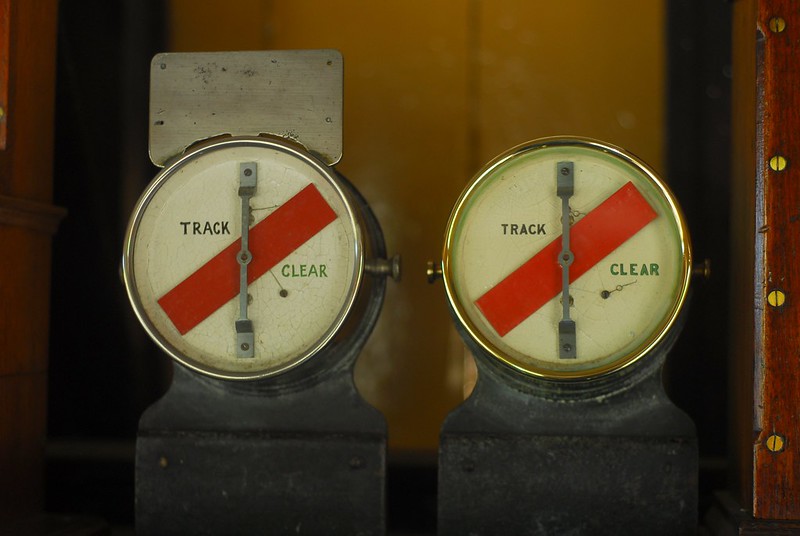Summer railway
In which we have a trip out by train
Never mind “Spring Bank Holiday”: it’s June, and it feels like it’s summer already: last weekend, we had a day at the beach, and both ended up horribly sunburned. As shorts aren’t an option for work, I winced every time I moved my legs. Yesterday: a bank holiday weekend, and beautiful sunshine again, so we went off for a cream tea and a steam train ride.
The footplate of a steam locomotive on a summer’s day is a horribly hot and airless place to be. Nevertheless, riding behind a steam engine seems like such a naturally summery thing to do. So we travelled down to the South Devon Railway,* for a day’s relaxation sitting in railway carriages and watching trains go past.
The South Devon Railway is, as steam railways go, an unusually scenic one. Being in Devon it’s surrounded by lush, verdant countryside; it follows the River Dart down from Buckfastleigh, past rough, rocky rapids; weirs and once-busy mill-races; finally alongside the more placid deeper, lower stretches of the river, down to its tidal weir just by Totnes station. It doesn’t take much effort for a train to trundle downriver; as we sat in the front carriage with the windows open, we could hear the locomotive clanking its way down the valley with barely any steam on, the vacuum pump making a light chiff noise for each revolution of the wheels. Every so often, a gentle touch of speed was needed, and we heard the deeper huffhuffhuffhuff of the cylinders, four huffs to each vacuum pump chiff. We passed sleepy red cattle, wading fishermen, and groups of wading photographers standing on mid-river rocks to take photos of the passing train.
Country trains often ramble a little, and pause unexpectedly. Midway along the line, we halted in a loop, and waited quietly for another train to pass. Other passengers, not used to this sort of thing, looked around and wondered what the problem was. We were too far away from the signalbox to hear the block bells chiming; but we could hear the rattle of the signal wires as the signals for the down train were pulled off, then we watched it slowly chuff past us before we started on our way again.
This is not Photo Post Of The Week, incidentally. That’s because the photos below aren’t ones I took yesterday; as usual, my photo uploads are far too backlogged for that. These, though, are from the last time I visited the South Devon Railway, about three years ago. The fixed stop signal has been repainted since, but not much else has changed.
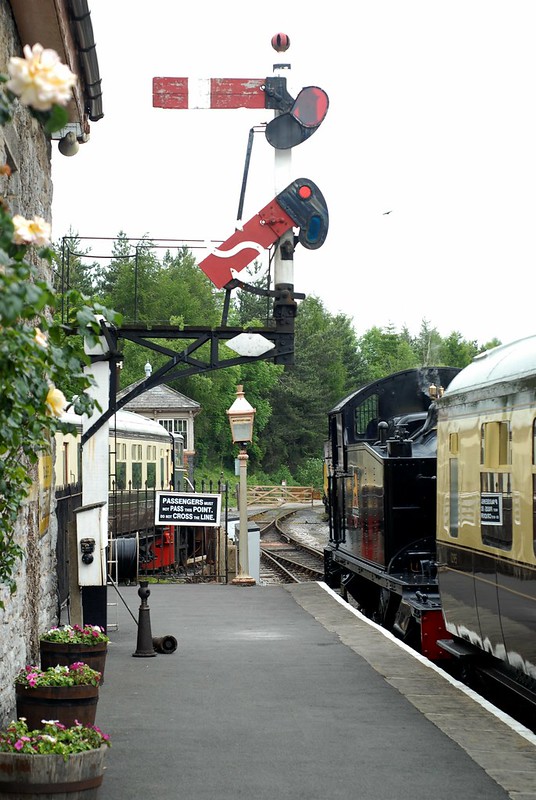
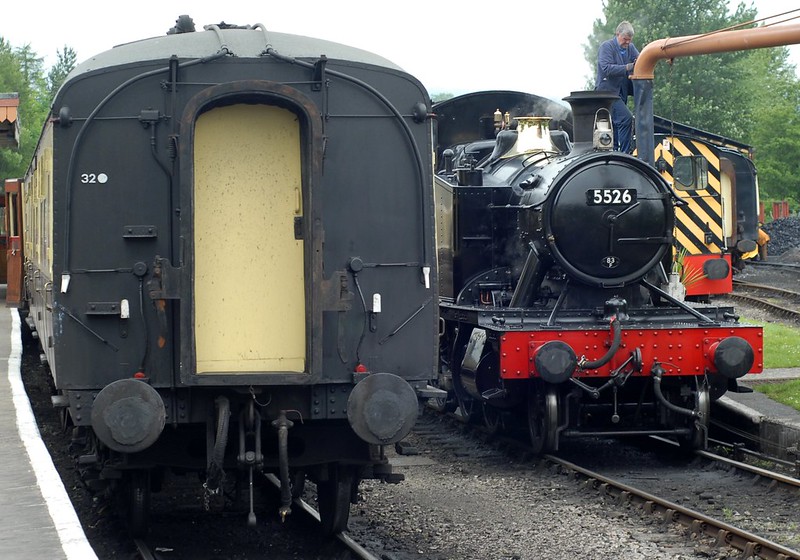
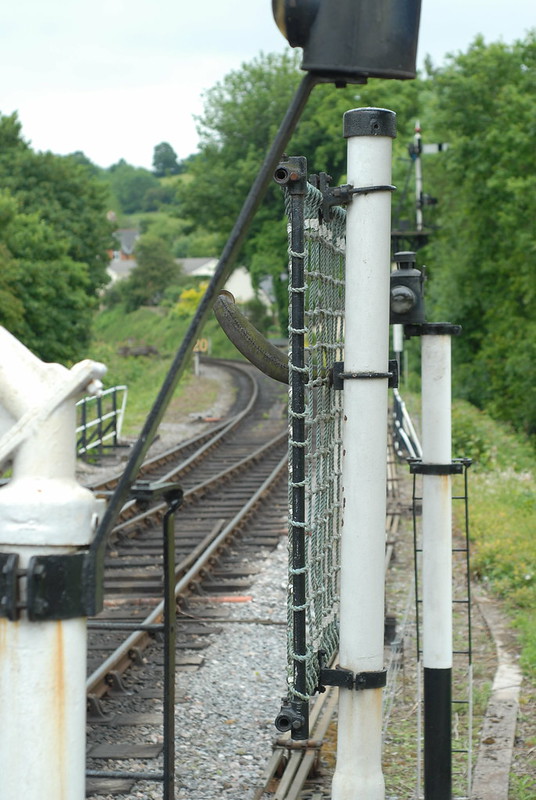
* Things it is important not to confuse pt. 373: the South Devon Railway, the line from Exeter to Plymouth designed by Brunel, opened in the 1840s, and bought out by the Great Western Railway in the 1870s; with the South Devon Railway, the heritage railway formed in the early 1990s to take over the Dart Valley Railway’s tourist line from Totnes to Buckfastleigh and turn it from a business-oriented tourist attraction into a more charitably-run steam railway. You may spot a problem of similarity with the names there.

 Home
Home
